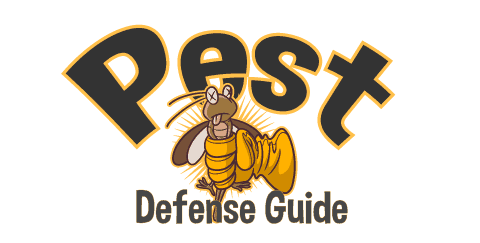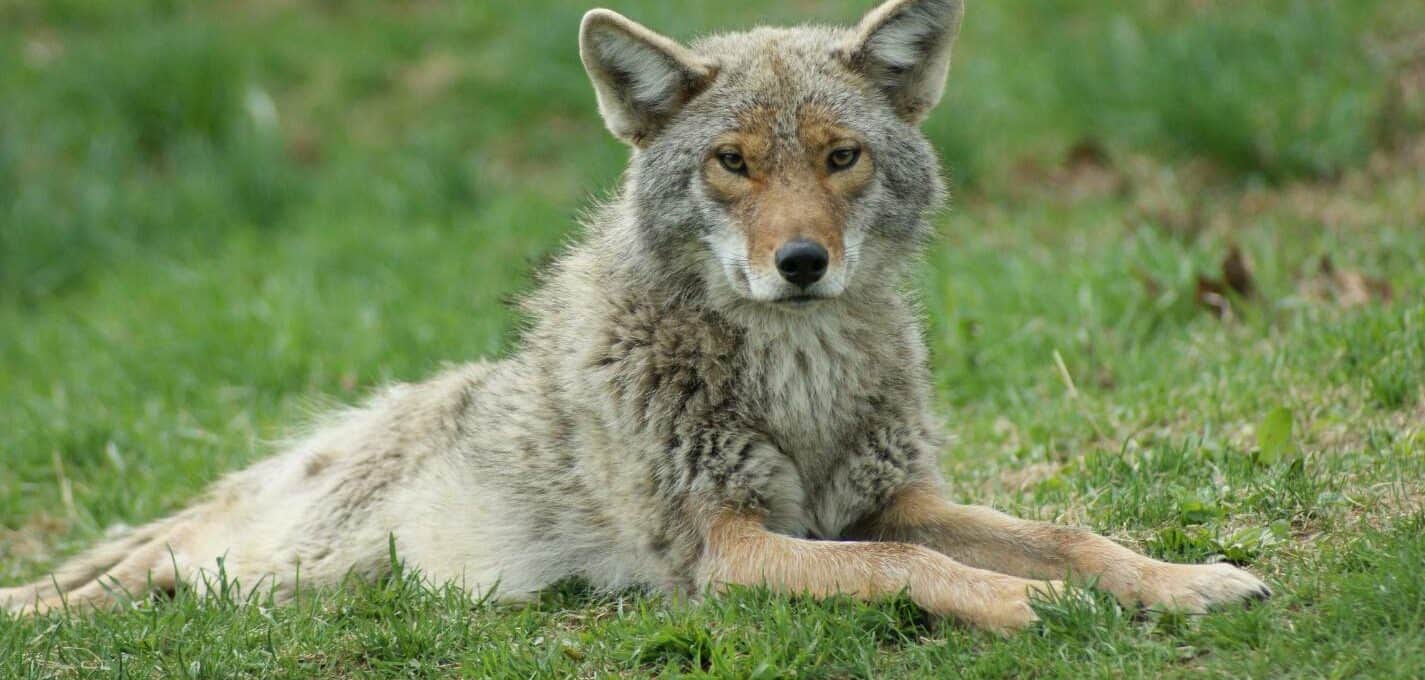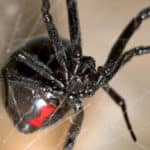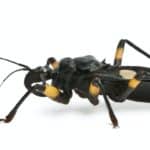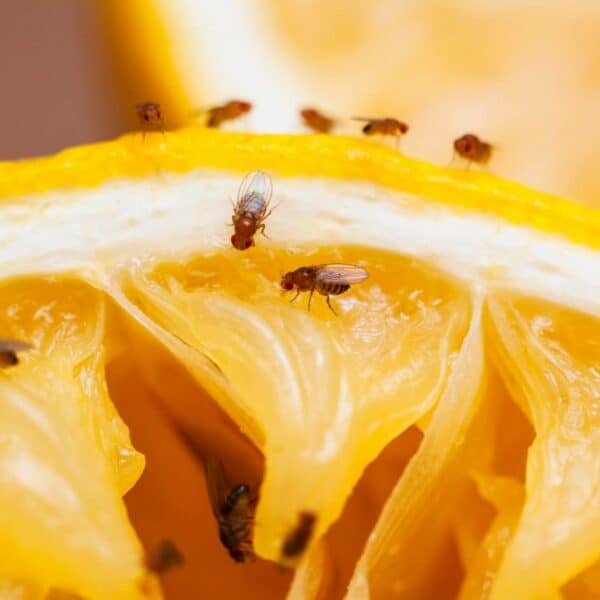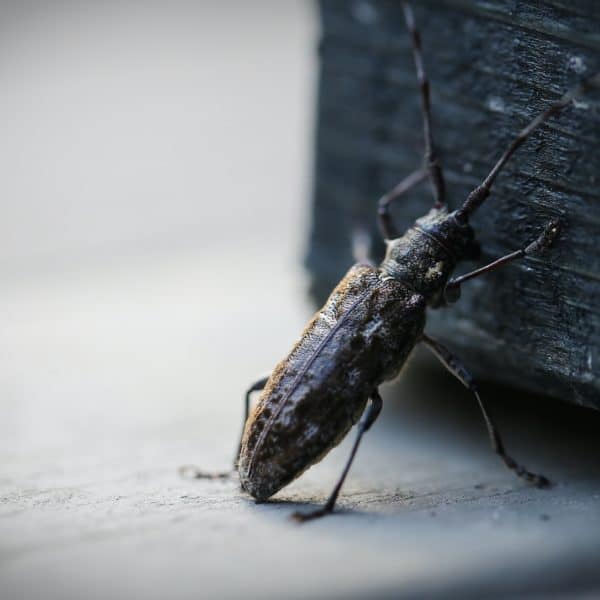Coyotes are amazing creatures, but that doesn’t mean you want them near you and your family. While smaller than their relatives, the wolf coyotes can get to weigh as much as 46 pounds. Even though these beautiful creatures may remind you of your dog, they are extremely dangerous. They have sharp teeth and are designed to hunt and kill. A coyote can see your dog or cat as a meal if you’re not careful. In the worst situations, the coyote may even see you as a threat and attack you. If you notice coyotes in your yard or neighborhood, you must be careful. Here is everything you need to know about what to do when encountering coyotes near your home.
How do I know it’s a coyote?
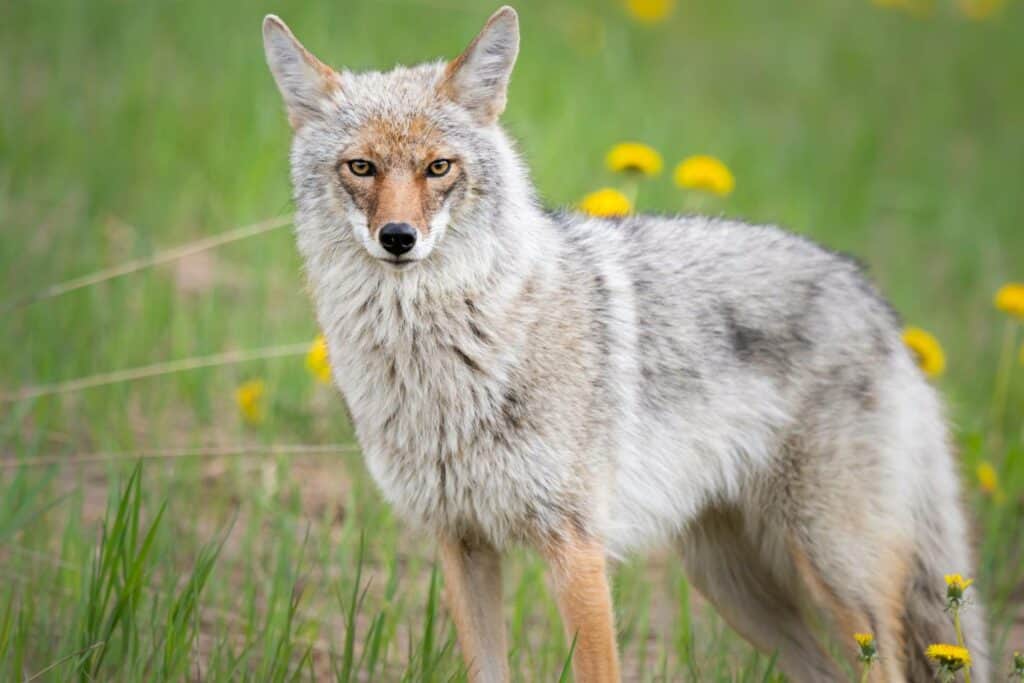
You might not realize what you’re looking at when you see a coyote. Coyotes can look precisely like stray dog. They also look very similar to wolves. It doesn’t help that coyotes are typically nocturnal, so you’ll generally be looking at them in the dark. You need to examine it before you go out to help the creature, thinking it’s somebody’s pet. You can tell it’s a coyote if it starts to howl at the moon. While some dogs might howl, most do not. Dogs tend to bark instead. Coyotes also appear to have longer legs than dogs. The longs may not be longer, but the joint’s location and the animal’s build make it appear this way. No matter what, it’s always best to use caution and assume the animal is a coyote. Better safe than sorry.
Please note that there’s considerable variation among dog breeds, so for the purpose of this comparison, I’ll use a general, medium-large-sized dog.
| Wolves | Coyotes | Dogs (Medium-Large Breeds) | |
|---|---|---|---|
| Size | Largest of the three, typically 26-32 inches at the shoulder and 70-115 lbs | Medium-sized, usually 16-20 inches at the shoulder and 20-50 lbs | Highly variable, typically 18-22 inches at the shoulder and 40-70 lbs for medium-large breeds |
| Color | Usually a mix of gray, brown, black, and white | Commonly gray, brown, or tan with some black and white | Any color or combination of colors |
| Ears | Large and rounded | Pointy and erect | Variable; can be floppy or erect depending on breed |
| Snout | Long and blocky | Narrow and pointed | Variable, from short and wide (e.g., Bulldog) to long and narrow (e.g., Greyhound) |
| Tail | Straight, bushy, usually hangs when at rest | Long, thin, black-tipped, and slightly curved upwards | Variable; can be short, long, curly, straight, bushy or thin depending on breed |
| Eyes | Yellow, amber or greenish | Yellow or amber | Variable, can be brown, blue, green, or heterochromia (two different colored eyes) |
Remember, individual variations can occur, and some dog breeds may have physical characteristics that closely resemble those of wolves or coyotes. If you’re unsure whether you’ve encountered a dog, wolf, or coyote, it’s best to exercise caution and keep a safe distance.
1. The Art of Coyote-Proofing Your Yard
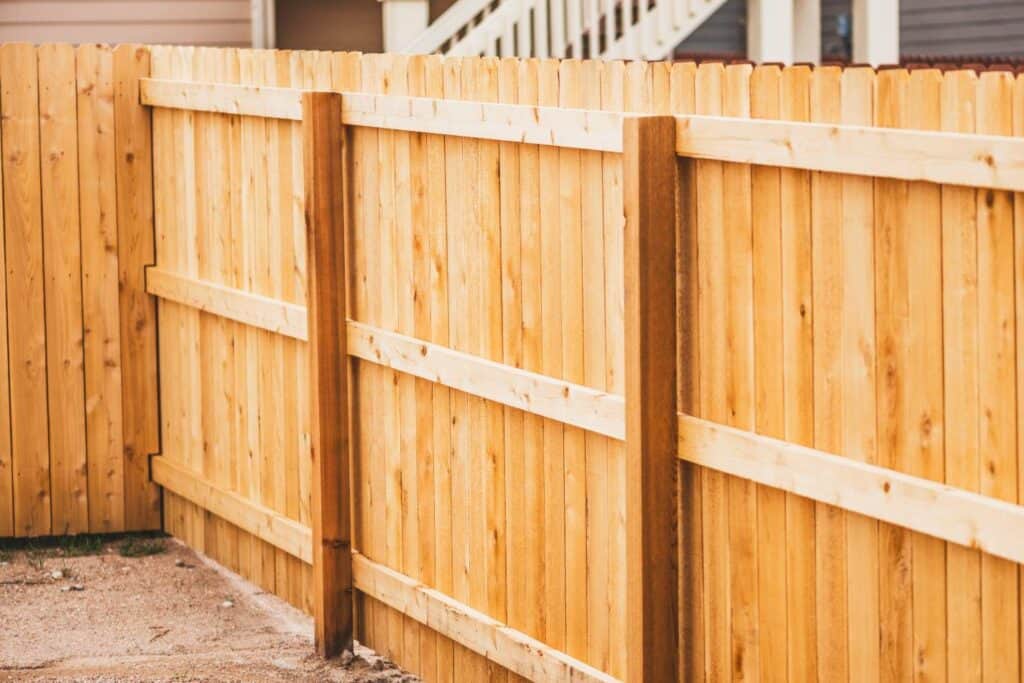
Let’s start with the basics – keeping those coyotes out of your yard. Here’s how:
- Remove potential food sources: Keep pet food inside and avoid leaving human food scraps outside.
- Secure your garbage bins: Ensure your trash cans have secure lids to prevent coyotes from scavenging.
- Clean up after barbecuing: Thoroughly clean your grill after each use and cover it when not in use to deter coyotes attracted by the smell.
- Pick up fallen fruits: If you have fruit trees in your yard, promptly clean up any fallen fruit which might attract coyotes.
- Install fencing: Consider installing a coyote-proof fence around your yard. The fence should be at least 6 feet high with a roller bar at the top to prevent coyotes from climbing over.
- Don’t feed the wildlife: Even if they look cute, don’t feed coyotes or other wildlife. It encourages them to return and lose their fear of humans.
- Keep pets inside at night: Coyotes are most active at dawn and dusk. Keeping your pets indoors during these times can help keep them safe.
- Maintain your yard: Overgrown bushes or shrubs can provide hiding spots for coyotes. Keep your yard well-maintained to eliminate these potential hideouts.
- Install motion-sensor lights: These can startle and deter coyotes from venturing too close to your home.
- Use scent deterrents: Commercially available coyote deterrents or even homemade solutions like ammonia-soaked rags can deter coyotes with their strong smell.
Remember, the goal isn’t to harm the coyotes but to discourage them from seeing your yard as an easy food source or a safe haven
Be the Unwelcoming Neighbor
Remember, while coyotes can look adorable, they aren’t pets. Resist the temptation to feed them. They have a knack for returning, and they might not be as cute when they show up hungry and don’t find a meal.
2. Walking the Dog in Coyote Territory
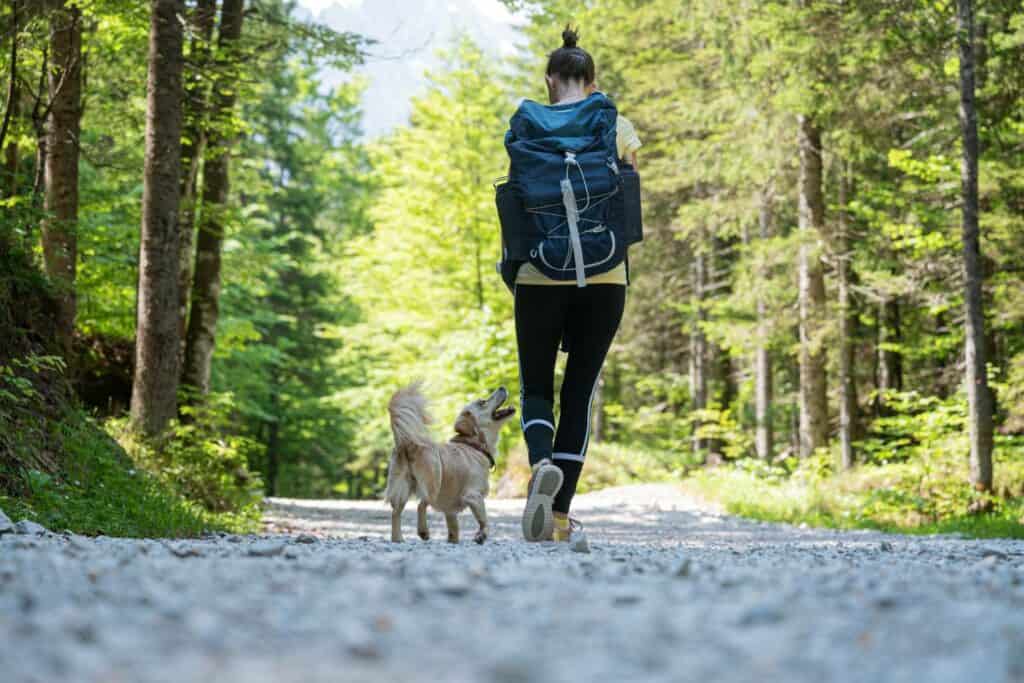
Taking your furry friend out for a stroll can be unnerving when you know coyotes are around. Here’s what you can do to ensure your dog’s safety:
Leash it, Tag it, Protect it
- Keep Calm: Don’t panic or run. Rapid movements can trigger a chase instinct in the coyote. Remain calm and assertive.
- Maintain Eye Contact: Without challenging or threatening the coyote, maintain eye contact. This communicates that you are not prey.
- Make Yourself Bigger: Raise your arms or open your jacket to appear larger and more intimidating. This can help scare the coyote away.
- Use Noise to Deter: Use a whistle, an air horn, or simply shout loudly to scare off the coyote. The loud noise can be enough to drive them away.
- Throw Non-Food Objects: If available, throw small stones, sticks or tennis balls towards (but not at) the coyote to scare them off.
- Back Away Slowly: Without turning your back on the coyote, start to move away slowly. This gives the message that you are not a threat while maintaining your assertiveness.
- Keep Your Dog Close: Keep your dog on a short leash and close to you. Do not allow them to approach or interact with the coyote.
3. Notify Your Neighbors

Spotting a coyote may not warrant a neighborhood panic, but it’s worth notifying your neighbors, especially those with small pets or children. However, if coyote sightings become a regular occurrence, it might be time to dial animal control. Remember, each city has different protocols regarding wildlife, so be sure to familiarize yourself with the ones applicable to your area.
Here are a few reasons why sharing the information may be useful:
- Pet Safety: Neighbors with pets can take extra precautions, such as not letting their pets roam outside unsupervised, especially at dawn and dusk when coyotes are most active.
- Child Safety: Families with young children can ensure their children play in the yard under supervision and are educated about what to do if they spot a coyote.
- Prevent Unwanted Feeding: Informing your neighbors can help prevent inadvertent feeding. Some might leave pet food or accessible garbage outside, not knowing it can attract coyotes.
- Collective Action: Neighbors can collaborate on safety measures like installing fencing, implementing community-wide garbage management, or hiring a professional to assess the situation if sightings increase.
- Increased Vigilance: Awareness leads to increased vigilance. Neighbors on the lookout are likelier to spot a coyote and take appropriate measures or report frequent sightings to local animal control.
- Education: Sharing your knowledge about coyotes and their behavior can help your neighbors understand these creatures better, reducing fear and promoting coexistence.
- Community Support: If a pet is lost or an encounter occurs, having an informed community can provide immediate support and assistance.
4. To Hunt or Not to Hunt?
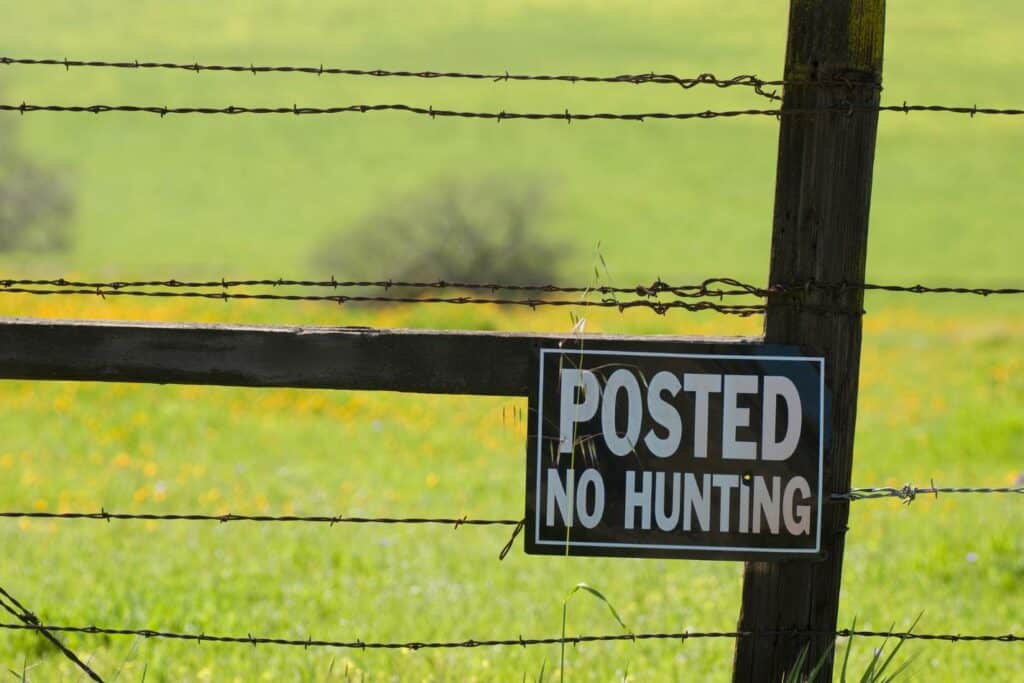
Some folks may feel inclined to hunt or harm coyotes to keep them away. While they aren’t endangered, it’s crucial to respect all creatures’ lives. Resort to aggressive measures only in dire situations, such as a coyote attacking your pet or livestock.
Coyotes indeed remind us of the wild, untouched beauty of nature. While we can appreciate their grandeur, we don’t want them to become too comfortable in our backyards. By taking proactive measures to coyote-proof your yard, you’re taking the first step to coexist safely with these beautiful creatures. And remember, when it comes to your pets, always prioritize their safety – your four-legged friends will thank you for it!
However, killing the coyote just for the sport of it isn’t the best solution!
In Summary, Just Use Common Sense
| Key Points | What to Do | Why It’s Important |
|---|---|---|
| Coyote-Proofing Your Yard | – Remove potential food sources – Clean up garbage bins – Regularly pick up fallen fruits – Clean and cover grill after use | Eliminating food sources will make your yard less appealing to coyotes. |
| Walking the Dog | – Keep your dog on a leash – Carry noise-making items – Keep your pet’s tags updated – Ensure your pet’s vaccinations are up to date | Having control over your pet during walks can ensure their safety. Making noise can deter coyotes, and up-to-date tags and vaccinations can help if your pet gets lost or bitten. |
| Coyote Sighting | – Inform your neighbors – If frequent sightings, contact animal control | Communicating sightings to your neighbors can help protect their pets and children. If sightings are frequent, animal control can take appropriate measures. |
| Coyote Hunting | – Try not to harm the coyotes – Aggressive measures only in emergency situations | It’s important to respect all creatures’ lives and resort to aggressive measures only when absolutely necessary. |
In conclusion, co-existing with wildlife, such as coyotes, is a delicate balance. It’s crucial to ensure that our yards are not inviting to these creatures, primarily through controlling access to food and keeping our pets safe. When we see a coyote, informing others in the neighborhood can help them take precautions. While it may seem challenging to deter these intelligent animals, being consistent and vigilant with these practices can make a significant difference. Remember, they are an essential part of our ecosystem, and we can coexist harmoniously if we respect their natural behavior and make sure they stay in their natural environment.
